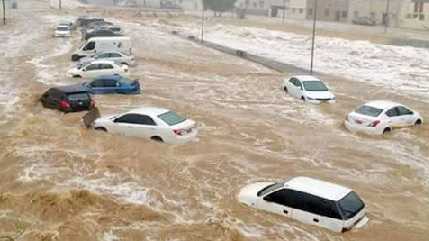
SYDNEY, Mar 4 (NNN-AGENCIES) – While the shadow of the extreme weather system in Australia’s east coast hasn’t faded away, the damage to Australian animals’ habitats is expected to be considerable.
Dr. Margaret Cook of the University of Sunshine Coast (USC), who specialised in natural disasters, said, although it’s hard to quantify yet, the loss of mounts of animal habitats is considerable.
“We have lost considerable amounts of it. Natural disasters have a huge human cause, but it’s often the animals that bear the biggest impact,” Cook said.
Cook said, the disaster won’t affect marine animals too much now, but it will cause long-term harm for some animals, which rely on the vegetation. Even if they survive, it’s still hard for animals to find a new territory to live in. “The vegetation needs to regrow, and it will be quite lush, and we’ve seen whole trees cleared away and trees washed downstream. So that will take decades for those trees to grow back.”
Thousands of animals have died in the recent Queensland and NSW (New South Wales) floods, with rescue services unable to make it to all calls for help, due to flooded and debris-blocked roads, according to Australian Broadcasting Corporation (ABC).
Royal Society for the Prevention of Cruelty to Animals (RSPCA) in Queensland said, it received more than 500 animal rescue calls, and the past few days have seen over 600 native animals making their way to the RSPCA Wildlife Hospital.
“Orphaned joeys, sick koalas, exhausted possums and more are being rescued every day by our RSPCA Animal Ambulance,” the organisation wrote in a statement.
The Rescue Collective, a Brisbane-based conservation group, said, they do hundreds of supporting work in the past few days as their role is to guarantee supplies for wildlife and carers.
“We help them (wildlife carers) with the fundraising, the feeding, transporting, and we go out looking for the animals, to send those out to specialists because in a tough time like this, many carers don’t have time to do such work,” president of the organisation, Nicole Blums, said.
Blums added, although the severe weather has begun to ease, pressure lingers because many animals might take a long time for people to look after. “Joey kangaroo, for example, needs to be in care for a year or a year and a half, before it can be released.”




